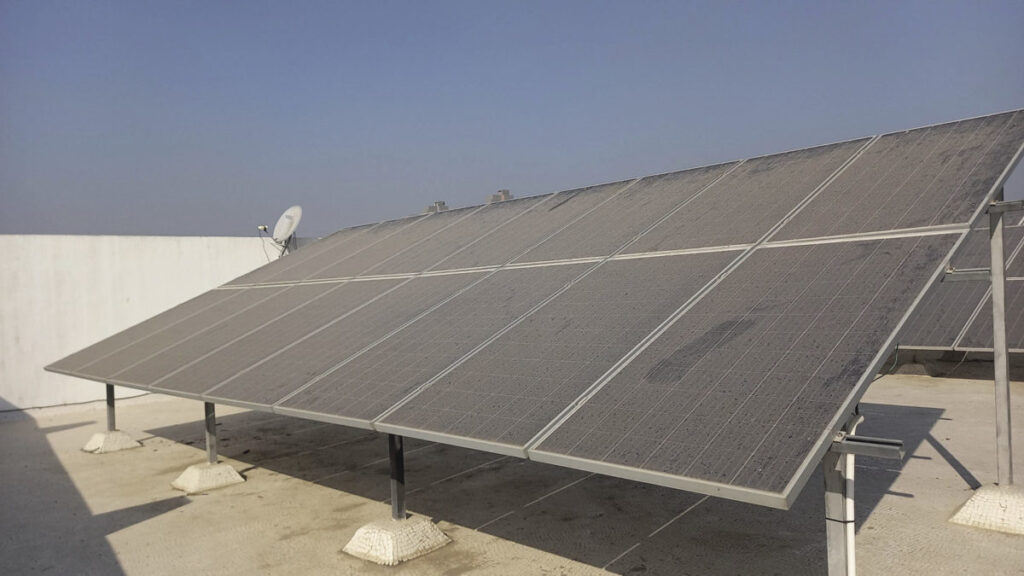Scientists in South Africa have used computational liquid dynamics to investigate whether a dummy panel, placed for a working PV panel, can reduce pollution. They have tested this setup with different slope corners, heights and distances and have discovered that the dummies have collected up to 58% more dust than the PV panels.
Researchers from the University of South Africa have proposed a new pollution restriction approach for PV panels by placing non-working textured PV dummies for active PV modules.
They used Computational Fluid Dynamics (CFD), a technique used Predict fluid, gas flows and To solve problems with liquid flows” To explore the possibilities of the method, with changing tilting corners, heights and distances.
“This concept was not extensively investigated in existing literature,” said the accompanying author of the research, Christopher Chintua EnWeremadu, said PV -Magazine. “In contrast to conventional methods that depend on active or resource-intensive cleaning technologies, this study uses 3D CFD to investigate how structured surfaces on dummy panels can change the air flow dynamics to catch dust particles and protect active PV surfaces.”
The tilt corner of the working solar panel was kept constant at 27 ° and the height was set to one meter. However, the height of the dummy was either 0.75 m, 1 m or 1.25 m. The tilt angle was 15 °, 30 ° or 45 °. The distance between the two panels was 2 m, 2.5 m or 3 m.
“Airflow analysis revealed an average wind speed of 3.31 m/s, mainly east of the northeast (66Z), ranging at speeds up to 5.7 m/s for 91% of the time,” the researchers explained. “A total of 378,600 particles were injected into the computational domain. The concentration of dust particles was considered less than 12%.”
Because of this experimental attitude, the scientists discovered that the working PV panel received the least amount of soil, only 1,000 particles, when the distance between the panels was 2 m, the dummy height was 1 m and the tilt of the panel was 30 °. They also found that the largest amount – 128,000 particles – was found in the case of 2 m distance, height of 0.75 m and a tilt of 45 °. In those cases, the Dummy had conquered 93,000 and 6,000 particles respectively.
The airflow simulations also showed that the dummies effectively catch dust as a result of reduced speeds near their surface, with increased tilting angles that contribute to lower dust deposits on the PV panels by reducing the airflow speed and improving turbulent kinetic energy.
“The research emphasizes that surface texture plays a crucial role in dust deposits, whereby the dummy panels collect 58% more dust than the PV panels,” the academics added. “Results indicated that dummy trilt corner has the highest correlation (0.64) with dust deposits, compared to lower correlations for distance (0.24) and height (0.29).”
The analysis also showed that surface pressure on the dummy resulted in 23% more dust deposit, compared to a non -structured dummy. “This approach offers a low -maintenance, cost -effective and aesthetically integrated solution, especially suitable for dusty, water -scencing environments,” concluded EN Weremadu.
Their findings were presented in “Research into the impact of surface -textured solar photo -photovoltaic dummies for pollution mitigation: a study into computational fluid dynamics“Published in Results in Engineering.
This content is protected by copyright and may not be reused. If you want to work with us and reuse part of our content, please contact: editors@pv-magazine.com.

